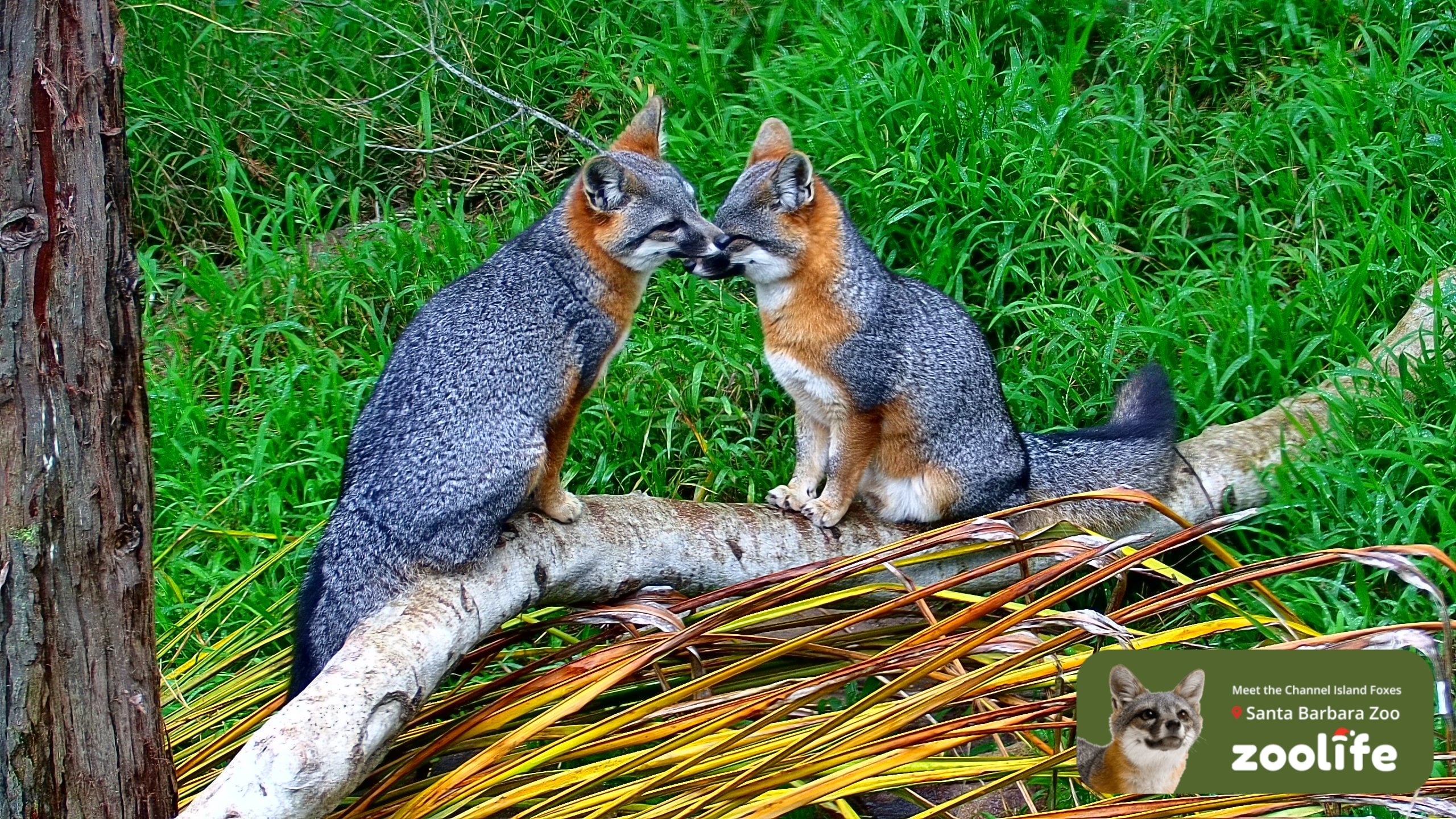Eucalyptus trees, known for their aromatic leaves and robust growth, can be a stunning addition to any landscape. However, like all living organisms, they are susceptible to various threats that can impact their health and survival. Understanding what kills eucalyptus trees is crucial for providing them with the care they need to thrive. In this article, we will delve into the common factors that can harm or kill eucalyptus trees and provide expert care tips to help you maintain their health and longevity.
Pests and Diseases
One of the primary concerns for eucalyptus tree health is the onslaught of pests and diseases. These can range from fungal infections to insect infestations, each posing a unique threat to the tree’s well-being.
Fungal Diseases: Fungal diseases such as root rot, caused by Phytophthora species, can be particularly devastating. These pathogens thrive in moist environments, making trees growing in wet or poorly drained soils highly susceptible. Symptoms include yellowing leaves, canopy thinning, and eventual death of the tree.
Insect Infestations: Insects like the eucalyptus longhorned borers, psyllids, and spider mites can severely damage eucalyptus trees. These pests feed on the tree’s sap, weakening its immune system and leaving it vulnerable to diseases. Early signs of infestation include tiny holes in the leaves, sap droplets on the trunk, and Fine webbing on the foliage.
Environmental Factors
Environmental conditions play a significant role in the health of eucalyptus trees. Extreme weather conditions, poor soil quality, and insufficient watering can all contribute to the decline of these trees.
Drought: Eucalyptus trees are generally drought-tolerant but can suffer if the drought is prolonged. Lack of water can lead to stress, making the trees more susceptible to pests and diseases.
Flooding: Conversely, eucalyptus trees are also sensitive to waterlogged soils. Flooding can lead to root rot, as the roots are not adapted to survive in low-oxygen conditions.
Human Error
Sometimes, the factors that kill eucalyptus trees can be attributed to human activities, whether through ignorance or neglect.
Improper Planting: Planting eucalyptus trees in inappropriate locations or conditions can set them up for failure. This includes planting in areas with standing water, compacted soils, or where they will be exposed to extreme temperatures.
Lack of Maintenance: Neglecting regular maintenance can lead to the accumulation of stress factors. This includes not pruning the tree regularly, which can lead to branch death and create entry points for diseases.
Expert Care Tips
Given the potential threats to eucalyptus trees, it’s essential to adopt a proactive approach to their care. Here are some expert tips to ensure your eucalyptus trees remain healthy and thrive:
Proper Planting: Choose a location with full sun and well-drained soil. Ensure the tree has enough space to grow without competition from other plants.
Regular Watering: Water your eucalyptus tree regularly, especially during its first year of growth. However, avoid overwatering, which can be detrimental.
Mulching: Mulch around the base of the tree to retain moisture and suppress weeds. Keep the mulch a few inches away from the trunk to prevent rot.
Pruning: Regular pruning helps maintain the tree’s shape, promotes healthy growth, and removes diseased or damaged branches.
Monitoring for Pests and Diseases: Regularly inspect your tree for signs of pests or diseases. Early detection is key to effective management and can prevent significant damage.
Fertilization: Feed your eucalyptus tree with a balanced, water-soluble fertilizer during the growing season. This will promote healthy growth and robust immunity against diseases.
Conclusion
Eucalyptus trees can be a wonderful addition to any garden or landscape, providing not only aesthetic value but also a myriad of ecological benefits. By understanding the factors that can harm these trees and implementing expert care tips, you can ensure they thrive for years to come. Remember, a healthy eucalyptus tree is not just a product of its environment, but also of the care and attention it receives.
How often should I water my eucalyptus tree?
+The frequency of watering your eucalyptus tree depends on the climate and soil conditions. Generally, it's recommended to water deeply once or twice a week during hot, dry weather, and less often during cooler months. Always check the soil moisture before watering to avoid overwatering.
Can eucalyptus trees grow in cold climates?
+Most eucalyptus species are adapted to mild winters and hot, dry summers. However, some varieties are more tolerant of cold than others. If you live in a cold climate, look for eucalyptus species known for their cold hardiness, such as *Eucalyptus gunnii* or *Eucalyptus pauciflora*. Even then, it's crucial to provide protection during extreme cold snaps.
How do I prune my eucalyptus tree?
+Pruning your eucalyptus tree should be done with care to avoid damaging the tree. Use sharp, clean pruning tools to remove any dead, diseased, or damaged branches. For shaping, prune in the late spring or early summer, cutting back tips of branches to encourage bushy growth and prevent the tree from becoming too leggy.
By following these guidelines and being mindful of the potential threats to your eucalyptus trees, you can enjoy the many benefits they provide, from their fragrant foliage to their stunning growth habit. Remember, every tree is unique, and what works for one eucalyptus may not work for another. Always observe your tree’s specific needs and adjust your care strategy accordingly.



